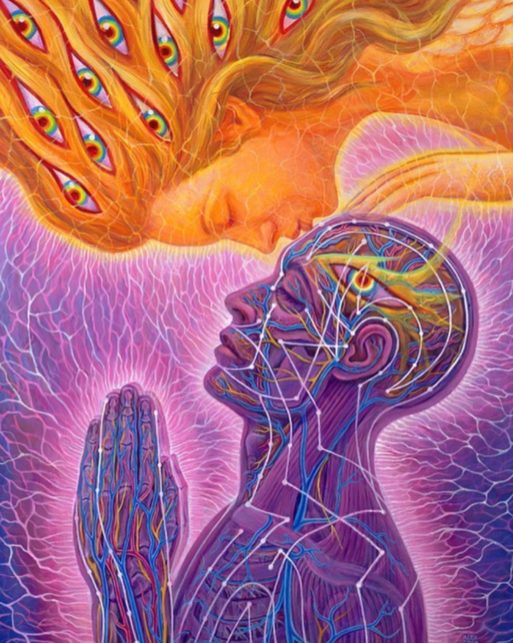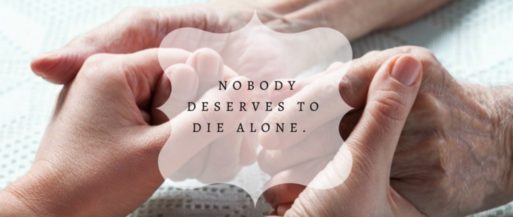Home is where the heart is. It is also where comfortable, compassionate care exists at the end of life.
If your home is more comfortable than a hospital, then you may be one of the growing numbers of people who choose to die at home under the auspices of hospice care.
Death-Positive Movement and Increased Demand for Hospice Care
Since 2000, there has been a dramatic rise in the number of hospice patients in the United States, due in part to a cultural shift known as the death-positive movement.
“Death-positive” is a relatively new term, coined by California funeral director, Caitlin Doughty. It stems from the desire for death to be a topic of everyday conversation, not some taboo subject laden with fear. One of the other leaders in the movement is Ellen Goodman, the founder of The Conversation Project, which started when Goodman struggled with decisions she had to make when her mother was dying. Goodman wished they would have talked about what her mother wanted before it was too late. So she started The Conversation Project, a website that discusses end-of-life decisions and even offers conversation starter kits to help kickstart those talks.
Other forces in the movement include Dr. Atul Gawande and his book, Being Mortal, published in 2014, which focused on providing comfort and quality-of-life rather than prolonged, painful medical treatment. Jon Underwood founded Death Cafes, places where people can go talk about death with other, non-judgmental and curious people. Henry Fersko-Weiss realized that dying people would benefit by having someone to talk to and advocate for their wishes so he created a training program for death doulas.
The Death-positive movement encourages our society to accept death as a natural part of life — something that should be openly discussed and planned for.
Reasons for Choosing Hospice Care
For many people, planning for their death includes opting for hospice care rather than difficult medical treatments and expensive hospitalizations. The focus of hospice care is on giving compassionate care to the individual. Hospice workers make the person comfortable rather than trying to cure disease.
Currently, more than 1.4 million people in the United States are receiving hospice care, and demand for hospice care is increasing.
Many benefits exist for people who choose hospice care. The comforts of home are certainly one of the most obvious. A person at the end of life can enjoy their friends and family, their memories, and their treasured objects in privacy. They can choose the temperature, the light, the view, the music that surrounds them.
Another factor that may be impacting the demand for hospice care is the cost. In the article Changing How We Die: Hospice Care Surges in Minnesota, Susan Marschalk, executive director of the Minnesota Network of Hospice and Palliative Care in North St. Paul, cited a startling statistic: 22 percent of the nation’s medical costs are incurred in the final six months of a person’s life.
The costs of intensive care and prolonged hospital stays are staggering and can reach thousands of dollars per day. Hospice care costs are much lower, reimbursed by Medicare at $180 per day.
Fewer Emergency Room Deaths
Because more people are opting for hospice care, there have been fewer deaths in emergency rooms. According to the article, Where We Die: Less in ERs, More at Home, between 1997 and 2011, deaths in emergency departments in the United States decreased by 48 percent. Increased use of hospice services accounts for part of that decline. Improved treatments and changes in resuscitation laws are the other reason for the decreasing number of deaths in emergency rooms.
Home may be where the heart is. It may be that all roads lead home because that is where many people want to be when death is near.
As society begins to talk more openly about death, as we learn to plan for the end of life, as more people choose to die at home, the demand for hospice care will increase even more.

 The Demand for Hospice Care Is Increasing
The Demand for Hospice Care Is Increasing





 “Help Me, Helen”
“Help Me, Helen”

 “As Tears Go By” by Marianne Faithfull
“As Tears Go By” by Marianne Faithfull














